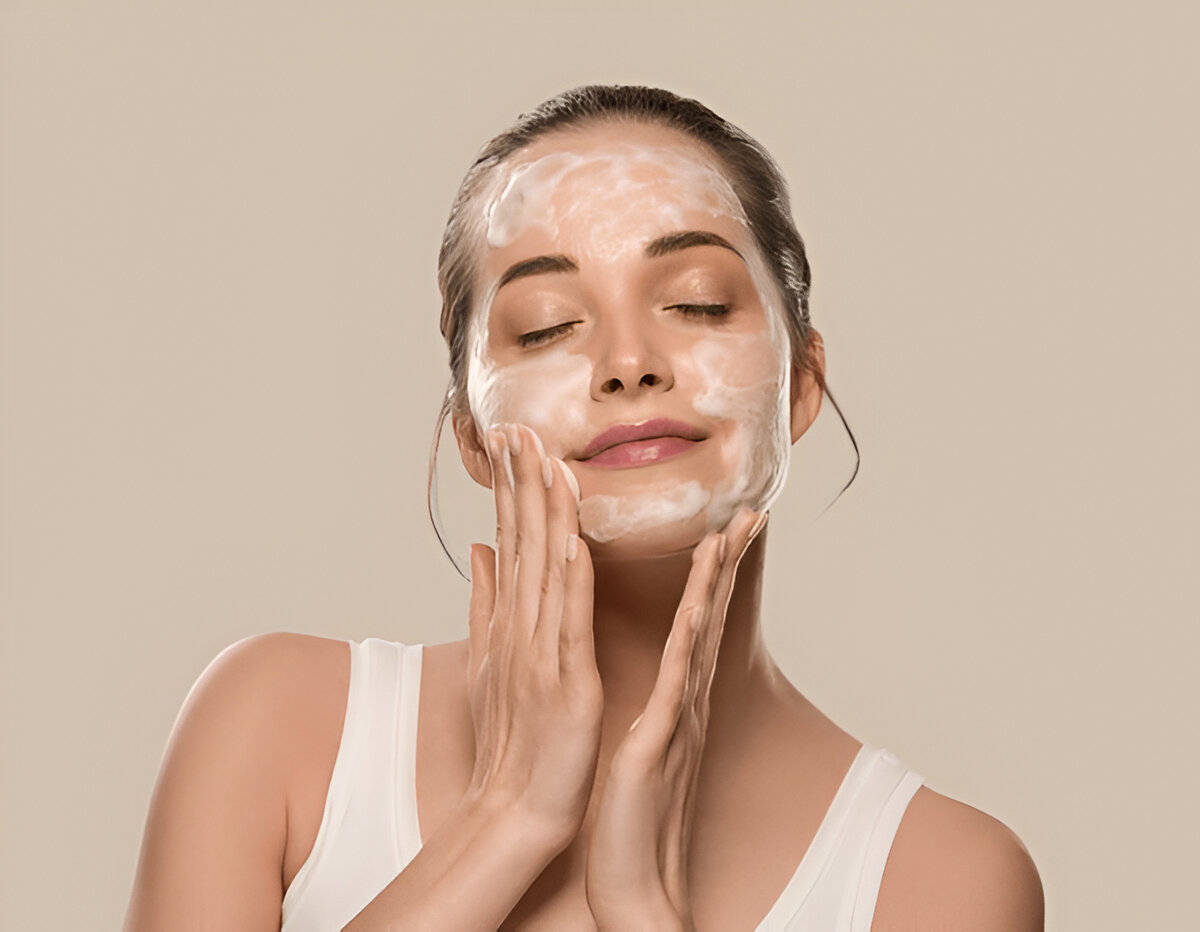Clean beauty has transformed from niche movement to mainstream industry pillar — but what does it really mean in 2025? Is it just a trendy buzzword slapped onto products, or is there substance behind the slogans like “non-toxic,” “natural,” or “paraben-free”? As the global beauty market evolves and consumer awareness grows, it’s more important than ever to separate truth from trend. This deep dive unpacks what clean beauty actually stands for in 2025 — and whether it’s worth the hype.
Clean Beauty: A 2025 Definition
In its modern form, clean beauty refers to skincare and cosmetic products made without ingredients that are suspected to be harmful to human health or the environment — based on emerging scientific research and safety assessments. The focus is on ingredient transparency, safety, sustainability, and ethical sourcing.
Unlike terms like “organic” or “vegan,” clean beauty isn’t regulated by a universal authority, which means its interpretation can vary by brand. However, in 2025, the industry has moved closer toward standards and certifications that guide definitions and improve accountability.
Core Principles of Clean Beauty in 2025:
- Free from controversial ingredients (e.g. parabens, phthalates, sulfates, synthetic fragrance)
- Made with transparency (full ingredient lists, no greenwashing)
- Respect for human health (no hormone disruptors or allergenic toxins)
- Eco-conscious packaging and sustainable sourcing
- Not tested on animals (often cruelty-free certified)
Common Clean Beauty Buzzwords — What They Really Mean
1. “Non-Toxic”
This term is widely used but often lacks context. Most ingredients in cosmetics are safe at the concentrations used. However, “non-toxic” in clean beauty typically means excluding ingredients suspected to cause harm with long-term use or environmental build-up.
2. “Fragrance-Free” vs “Unscented”
Fragrance-free means no added scent, including masking agents. Unscented may still contain chemicals to neutralize odors — not truly free of fragrance. In 2025, more clean beauty brands clearly distinguish between these terms for sensitive skin users.
3. “Paraben-Free”
Parabens are preservatives used to prevent bacterial growth, but they’ve come under scrutiny for their potential endocrine-disrupting properties. While some studies show they are safe in small amounts, clean beauty often chooses to exclude them as a precaution.
4. “Green” vs. “Clean”
Green beauty focuses on the environment — natural ingredients, biodegradable formulas, and sustainable packaging. Clean beauty prioritizes human safety and product purity. The two overlap but aren’t interchangeable.
The Rise of Ingredient Transparency
In 2025, consumers demand full disclosure. Ingredient lists now go beyond INCI names (e.g., “Butyrospermum Parkii” becomes “Shea Butter”), and brands are using digital tools like QR codes and apps that scan and explain each component — its origin, safety profile, and purpose.
Top apps in 2025 for clean ingredient tracking include:
- Think Dirty — rates products based on toxicity
- Yuka — analyzes ingredients and additives
- INCI Decoder — breaks down what’s inside your products
Do Clean Beauty Products Actually Work?
Yes — and increasingly so. In 2025, clean formulations are no longer behind in efficacy. Technological advances in plant-based actives, bio-fermentation, and peptide delivery systems mean you can get visible results without synthetic irritants or harsh preservatives.
Examples of Effective Clean Ingredients:
- Bakuchiol — natural retinol alternative, great for sensitive skin
- Niacinamide — brightens and strengthens the skin barrier
- Squalane — moisturizes without clogging pores
- Azelaic Acid — tackles redness, acne, and pigmentation
Clean makeup has also improved dramatically, with long-wear foundations, non-toxic mascaras, and mineral-based SPF tints that perform as well as their conventional counterparts.
Top Clean Beauty Brands in 2025
- ILIA Beauty — hybrid makeup/skincare with SPF
- True Botanicals — luxurious, certified non-toxic skincare
- RMS Beauty — raw, organic pigments for natural glow
- Youth to the People — vegan, eco-conscious, science-driven
- Typology Paris — minimalist formulas with ingredient transparency
Clean Beauty Myths — Debunked
1. “If it’s natural, it’s safe”
Not always. Natural ingredients can cause irritation or allergic reactions (e.g., essential oils). Clean beauty in 2025 isn’t about “natural vs. synthetic” — it’s about safety and tolerance.
2. “Clean beauty doesn’t work”
This may have been true in the early 2010s. Today, clean brands have clinical trials, high-performance labs, and advanced delivery systems. It’s no longer a compromise.
3. “All chemicals are bad”
Everything is a chemical — even water. Clean beauty isn’t anti-science; it’s about excluding harmful or questionable substances, not vilifying all synthetic ingredients.
Sustainability and Packaging in Clean Beauty
In 2025, clean beauty isn’t just about what’s inside — it’s also about how it’s delivered. Packaging innovation is booming:
- Refillable containers with locking cartridges
- Glass or aluminum packaging over plastic
- Biodegradable pouches and mailers
- Carbon-neutral production and shipping
Brands Leading the Way in Eco-Packaging:
- Fenty Skin — refill systems for moisturizers and cleansers
- Common Heir — plastic-free capsules for actives
- Beautycounter — supply chain and lifecycle transparency
How to Build a Clean Beauty Routine
Step 1: Identify Your Non-Negotiables
What matters most to you? Cruelty-free? No synthetic fragrance? Vegan? Pick your top 3 values — this will guide brand choices.
Step 2: Start with One Category
Try switching your cleanser, moisturizer, or foundation first. These have the most contact with your skin and can make the biggest impact.
Step 3: Read Labels (and Understand Them)
Don’t be swayed by green packaging. Use apps or databases to decode ingredients and cross-check claims.
Step 4: Track Results
Just because it’s clean doesn’t mean it works for everyone. Give products 2–4 weeks to show effects and adjust as needed.
Clean Beauty FAQs
Q: Is clean beauty regulated?
A: Not by a single global standard, but many brands adhere to guidelines from organizations like EWG Verified, Made Safe, or COSMOS Organic. Always verify certifications.
Q: Can men use clean beauty products?
A: Absolutely. Clean beauty is gender-neutral — it’s about skin health and safety, not marketing.
Q: Is clean beauty more expensive?
A: Often, but not always. You’re paying for higher-quality sourcing, smaller batches, and safer preservation systems. Brands like The INKEY List or Versed offer affordable options.
Final Thoughts: Clean Beauty Is Evolving — So Should We
Clean beauty in 2025 is no longer a fringe trend — it’s a foundational shift in how we define wellness, ethics, and transparency in cosmetics. But clean doesn’t automatically mean better. The key is being an informed consumer, asking smart questions, and understanding the nuance behind the label.
Ultimately, the clean beauty revolution is about more than what we put on our skin — it’s about the kind of future we want to create for our bodies, our industry, and our planet.


